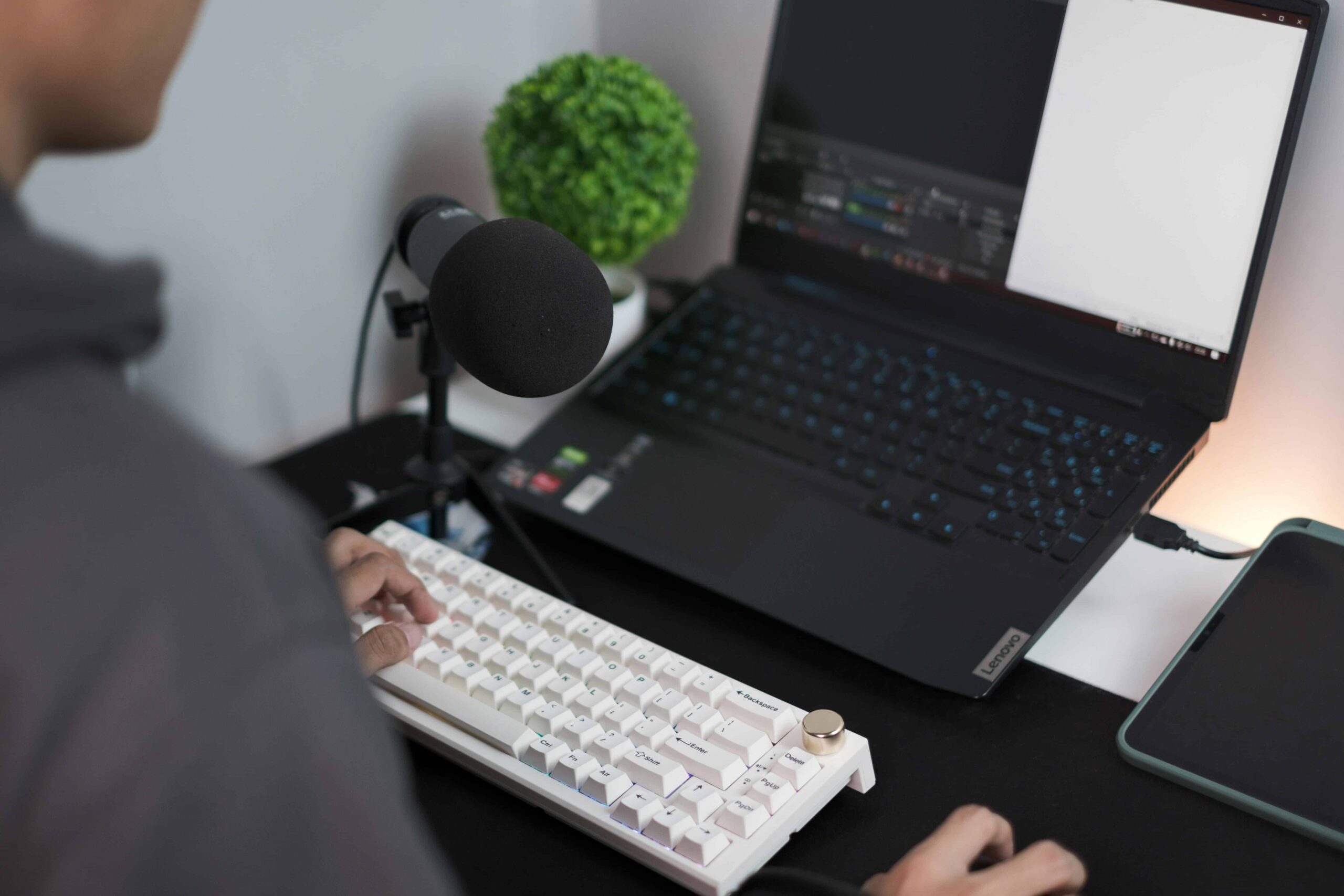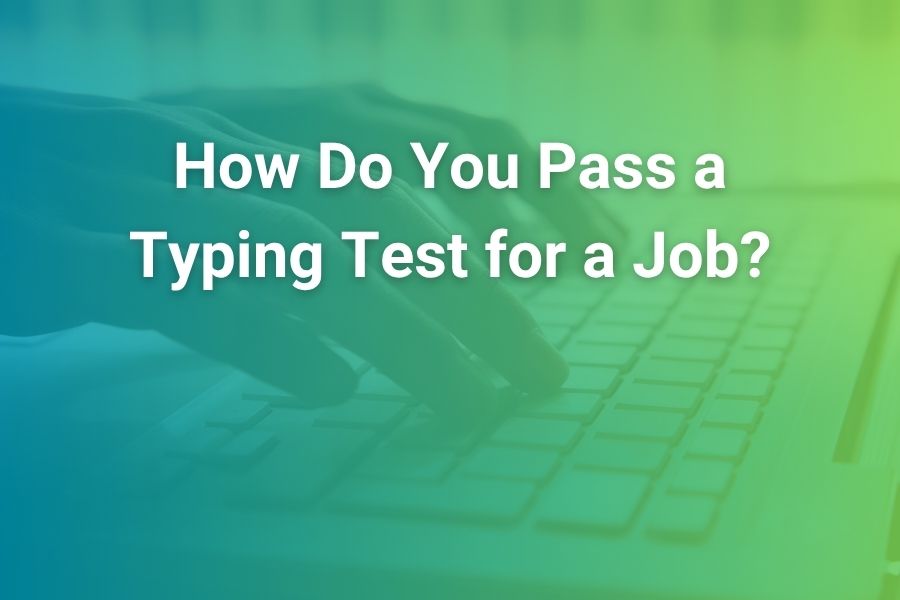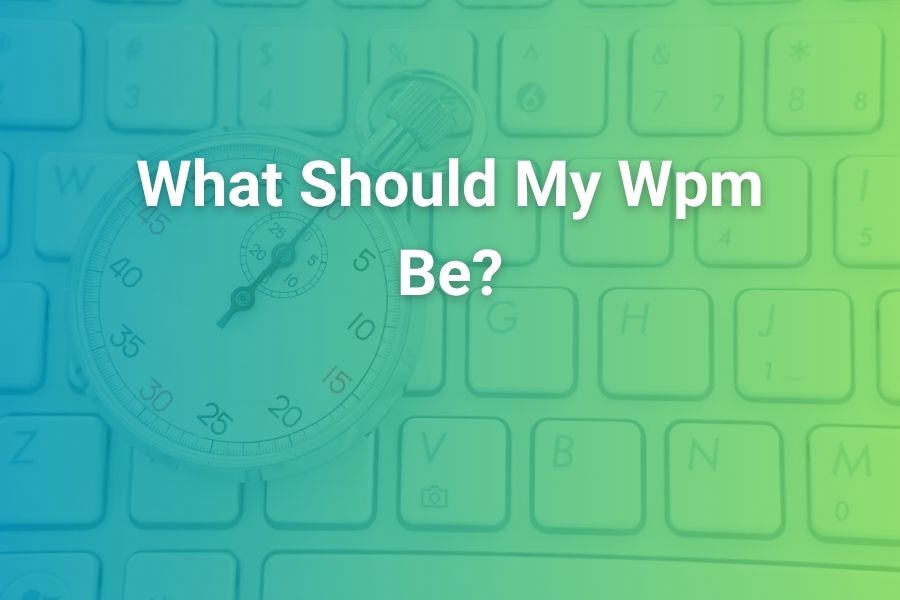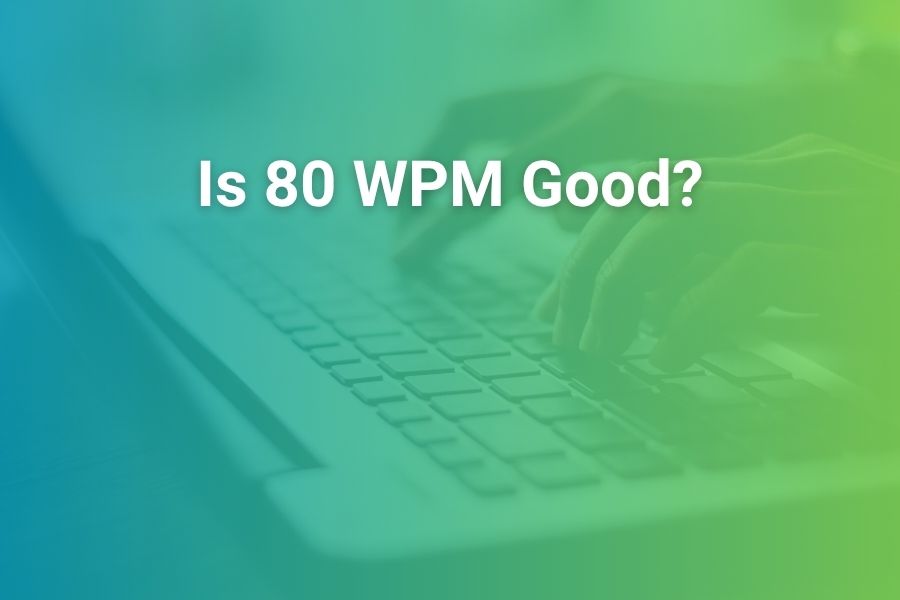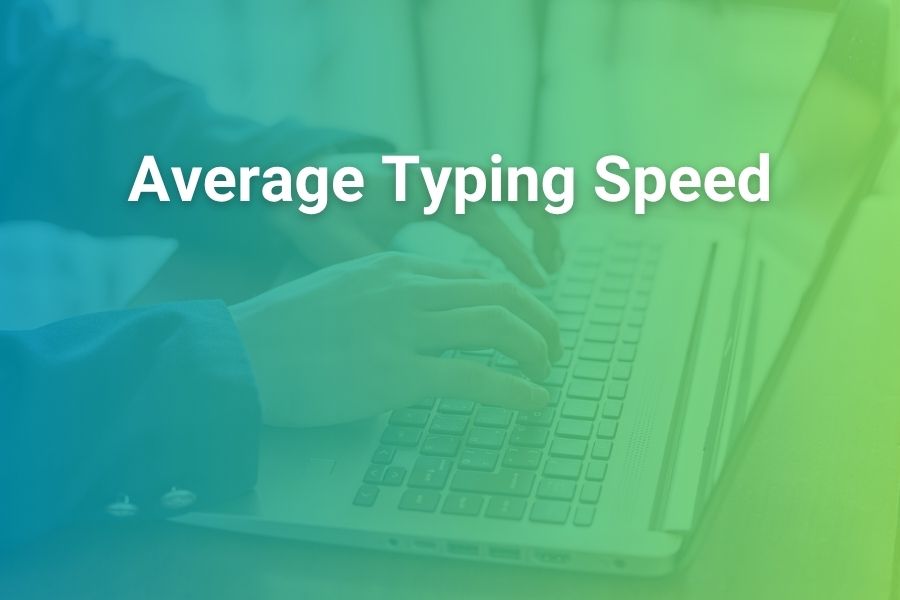
Typing speed is a crucial skill in today’s fast-paced world, affecting productivity in personal, professional, and academic tasks. Measured in words per minute (WPM), typing speed indicates how many words you can type in one minute. But what is the average typing speed for an adult? The typical WPM varies, influenced by factors such as age, typing practice, and occupation. While the average typing speed for most adults is around 40-45 WPM, frequent typists may reach 60-80 WPM, and experts can exceed 100 WPM. Knowing this benchmark helps set a goal for improvement. This article will explore the average typing speed, discuss the factors that influence it, and provide tips on how to boost your typing speed. By understanding these aspects, you can enhance your productivity and efficiency, making your typing tasks faster and more accurate.
What Is the Average Typing Speed and Why Does It Matter?
When measuring typing speed, the average typing speed among adults is generally 40-45 WPM. However, this can vary based on several factors such as typing experience, typing method, and physical ability. Here, we’ll look at why typing speed matters and how it can impact your productivity.
Typing speed is critical because it allows you to complete tasks more efficiently. Whether you’re writing reports, sending emails, or coding, typing quickly can save valuable time. For example, professional typists, such as transcriptionists or writers, need high typing speeds to meet deadlines and maintain productivity levels.
Additionally, the typing method you use can significantly affect your speed. Touch typing, where you use all your fingers and type without looking at the keyboard, can significantly increase your typing speed compared to the hunt-and-peck method, where you type by searching for each key.
Your physical ability also plays a role in typing speed. Factors such as finger dexterity, hand-eye coordination, and keyboard familiarity can influence how fast you can type. Regular practice is essential for building muscle memory and enhancing typing speed.
In summary, the average typing speed is not fixed and varies from individual to individual, but with practice and proper technique, anyone can improve their WPM.
Factors That Affect Typing Speed
Typing speed is influenced by several factors, from experience to physical setup. Understanding these factors can help you improve your WPM and efficiency.
What Factors Determine Your Typing Speed?
Several factors influence the average typing speed for individuals, and they include:
- Typing Experience: People who type frequently or professionally usually have higher typing speeds. Regular practice helps build muscle memory and reduces the effort required to find each key.
- Typing Technique: Using proper techniques, such as touch typing, versus the hunt-and-peck method can increase typing speed.
- Keyboard Familiarity: The type of keyboard used can also affect typing speed. Mechanical keyboards often provide better tactile feedback, which some find more comfortable for fast typing.
- Age and Cognitive Skills: Younger individuals or those with better cognitive functions may have a quicker learning curve, which can impact their typing speed.
How Can You Improve Your Typing Speed?
Improvement strategies focus on practice, ergonomic setups, and methodical learning. To boost your typing speed, consider the following:
- Practice regularly: The more you practice, the faster you’ll type.
- Take typing courses: Typing lessons can guide you to improve accuracy and speed.
- Use typing software or games: These can make learning more engaging while tracking progress.
- Optimize your workstation: Ensure your keyboard and seating setup promote proper ergonomics to prevent fatigue and discomfort.
Common Typing Speed Benchmarks
Understanding typical benchmarks is crucial for measuring your typing skills against others. Here are some standard typing speed ranges:
- Average Typing Speed: The average typing speed for most adults is around 40-45 WPM. This is typical for casual typists who type occasionally for personal or work-related tasks.
- Above Average Typing Speed: 60-80 WPM is often seen in frequent typists or professionals who type regularly. This speed is standard among individuals who utilize their typing skills daily, such as office workers, writers, and students.
- Professional Typists: Expert typists, including transcriptionists and court reporters, can easily achieve 100 WPM or more. These individuals often have years of practice and refined skills, allowing them to type at exceptional speeds.
By understanding these benchmarks, you can set realistic goals for improving your typing speed and track your progress over time.
How to Achieve High Typing Speeds?
Achieving high typing speeds requires consistent practice and proper techniques. Here’s how you can improve:
- Use Typing Software: Websites like TypingClub and Keybr offer free resources to help you track and enhance your typing speed. These platforms provide structured lessons and typing tests to monitor your progress.
- Daily Typing Exercises: Setting aside just 10-15 minutes daily for typing practice can lead to noticeable improvements. Regular, focused practice helps build muscle memory and increases your WPM.
- Focus on Accuracy First: While speed is important, accuracy should be your priority. Typing correctly will ensure fewer errors, which is more efficient in the long run. As you improve accuracy, your speed will naturally increase.
- Proper Ergonomics: Make sure your typing posture is correct. Sit in a neutral position, adjust your chair, keyboard, and screen for comfort, and take breaks to prevent fatigue during extended typing sessions.
Measuring Your Progress in Typing Speed
Tracking your typing speed is essential for evaluating improvement and maintaining motivation. There are several ways to measure your progress effectively.
Using Online Typing Tests
Platforms like 10FastFingers and TypingTest.com provide online typing tests that measure your typing speed in various formats. These tools offer immediate feedback on your performance, allowing you to track your progress over time. Regular use of these sites helps identify areas for improvement, giving you a clear picture of how your typing speed is evolving.
Engaging in Typing Challenges
Participating in typing challenges can make improving your speed more fun and motivating. Competing with friends or joining online typing communities allows you to benchmark your skills against others. These challenges provide an extra layer of accountability and excitement, which can drive you to improve faster.
Setting Achievable Goals
Setting small, realistic goals is crucial for steady progress. Start by aiming to increase your typing speed by 5 WPM each month. By setting achievable targets, you’ll see consistent improvement without feeling overwhelmed, ensuring that your typing speed gradually increases in a manageable way.
Conclusion
In conclusion, understanding the average typing speed offers a valuable reference point for improving your typing skills. The typical adult speed is around 40-45 WPM, but with consistent practice, anyone can exceed this average and become a skilled typist. Whether for personal use or work-related tasks, increasing your typing speed can significantly boost productivity. By focusing on proper techniques, daily practice, and ergonomic strategies, you can enhance your typing speed and accuracy. With time and dedication, these efforts will result in faster, more efficient performance in any typing task, making it easier to meet personal and professional demands.
FAQs
What is the average typing speed for a beginner?
The average typing speed for a beginner is around 20-30 WPM. With practice, beginners can gradually improve to 40-45 WPM.
How can I improve my typing speed?
Practice regularly, focus on accuracy, and learn touch typing techniques. Typing software and games can help track progress and engage you in the learning process.
What is the fastest typing speed ever recorded?
The fastest typing speed ever recorded is around 212 WPM by Barbara Blackburn, using a specialized typing technique.
How long does it take to increase typing speed by 10 WPM?
With consistent practice, you can increase your typing speed by 10 WPM in about 1-2 months, depending on your starting point and practice frequency.
Does typing speed vary by age?
Yes, younger individuals tend to type faster due to better hand-eye coordination and cognitive functions, but practice can help older individuals improve their speed significantly.

